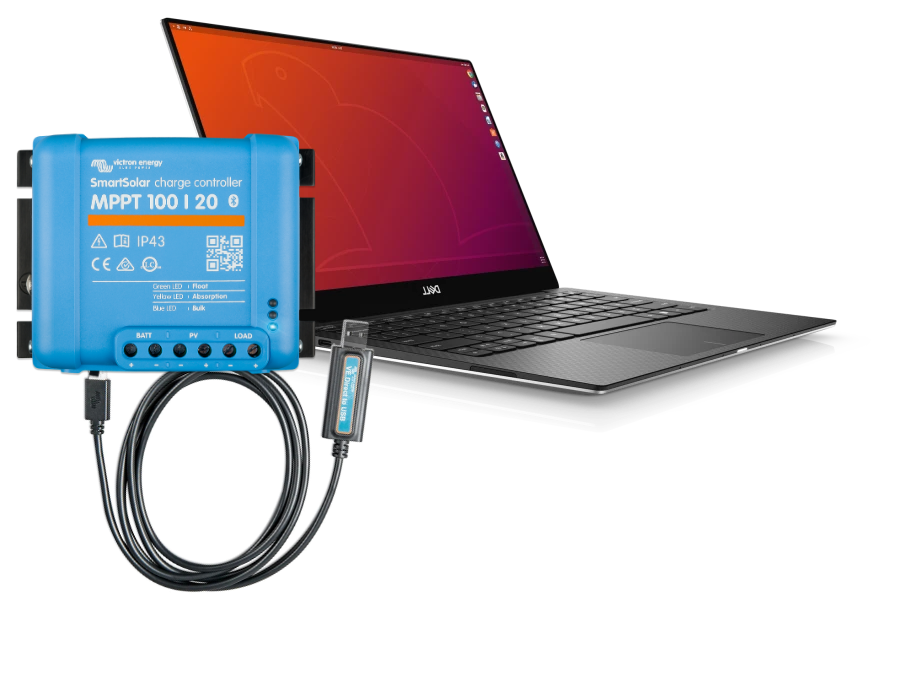Software - FW Victron
Status
- Status: Development
- Version: 1.0.2
- Category: Firmware
- Language: Python
- Code: fw_victron
Links
Introducing our Python module designed for seamless data retrieval from Victron devices with VE.Direct support, delivering real-time updates on the local DBus. Aligned with the JOD Smart Vans specifications, this script caters specifically to the Energy's Storage, Generation and Consumption specification sub-groups, providing essential values.
Once activated, the script effortlessly reads data from the specified serial port and promptly updates the DBus with the latest values. The DBus service and its properties dynamically adapt to the PID retrieved from the device. To determine if your Victron device is compatible with this firmware, explore the Devices by ID section and discover the available data mappings on the Value mapping page.
Specs provided
The following table lists all Smart Van SPECIFICATIONS that can be provided by this firmware. Then, you can use this info to customize the `struct.jod` file of the JOD Smart Van distribution.
| Property Name | Specification |
|---|---|
battery_voltage | Energy > Storage > Voltage |
battery_voltage_percentage | Energy > Storage > Percentage |
battery_voltage_min | Energy > Storage > Min |
battery_voltage_max | Energy > Storage > Max |
battery_current | Energy > Generation > Current |
panel_voltage | Energy > Generation > Voltage |
panel_power | Energy > Generation > Power |
panel_power_percent | Energy > Generation > Percentage |
panel_power_max | Energy > Generation > Max Power |
load_current | Energy > Consumption > Current |
load_voltage | Energy > Consumption > Voltage |
load_power | Energy > Consumption > Power |
load_power_percent | Energy > Consumption > Percentage |
load_power_max | Energy > Consumption > Max Power |
Usage
Effortlessly gather data from your Victron device by following these straightforward steps. Physically connect the Victron device to your PC using a Serial To USB cable. Download the firmware (a Python script) and execute it on the connected PC, compatible with USB-equipped PCs or embedded devices like the Raspberry Pi.
Before running the firmware, (1) verify the serial port name and (2) install the
necessary software prerequisites. Upon connection, a virtual device is generated,
and you can confirm the port name in your PC's resource center or via
the ls /dev/tty* command, defaulting to /dev/ttyUSB0.
For software prerequisites, install a Python
interpreter and project dependencies using the python -r requirements.txt
command.
Now, you're ready to execute the firmware with the following command:
$ python run.py -p {PORT_NAME}
For detailed insights into running the firmware, consult the README.md in the source code or visit the Remote Usage page.
